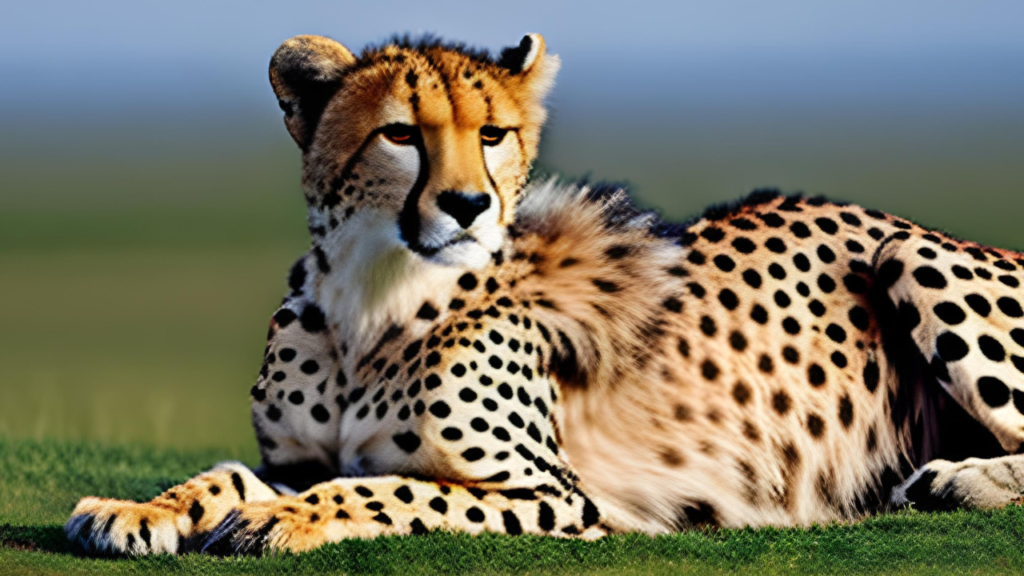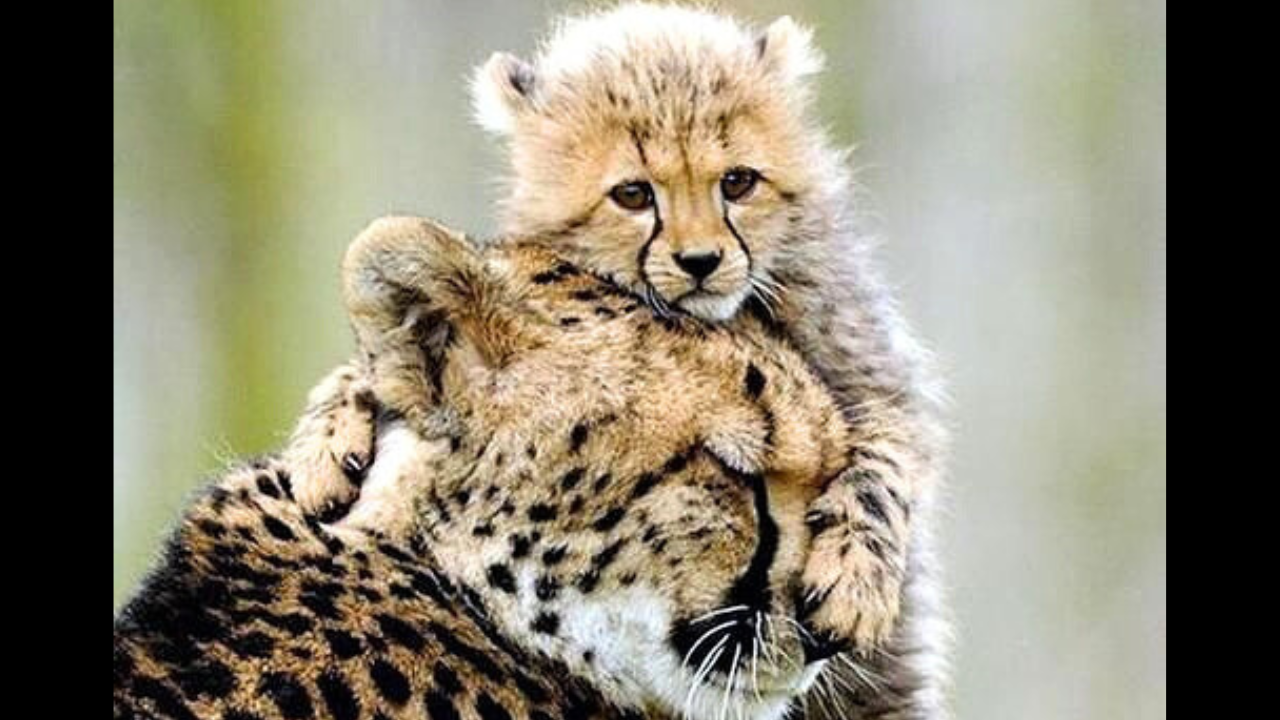We use affiliate links to run our site. When you buy through links on our site, we may earn an affiliate commission, without any added cost to you. Learn more
The cheetah, a majestic and iconic animal, is in danger. Their habitat is shrinking at an alarming rate, and they face numerous threats to their survival.
As humans continue to expand and encroach on wildlife habitats, cheetahs are forced to adapt or perish. Climate change, poaching, and human-wildlife conflict further exacerbate the challenges that cheetahs face.
It is a heartbreaking reality that these beautiful creatures, capable of reaching speeds of up to 70 miles per hour, are at risk of disappearing from the wild forever.
In this post, we will explore the threats that cheetahs face to their habitats and the devastating consequences that this has on their populations.
We will examine each of these threats in detail, highlighting examples of their impact and the urgent need for action.
Join us on this journey to learn more about the perilous situation of cheetah habitats and the steps we must take to protect these magnificent creatures.
Cheetah Habitat:
Cheetahs can be found in a variety of habitats, including grasslands, savannas, and semi-arid regions. They prefer open areas with low vegetation, which allows them to spot prey from a distance and pursue it at high speeds.
In some cases, cheetahs will also inhabit forested areas, although they are less common in these environments.

African Range
The majority of cheetahs live in sub-Saharan Africa, where they are distributed across a number of countries, including Botswana, Namibia, South Africa, and Tanzania.
They are most commonly found in grasslands and savannas, although they can also be found in deserts and scrublands.
Iranian Range
A small population of cheetahs also lives in Iran, where they are listed as critically endangered. These cats are found in a variety of habitats, including mountain ranges, scrublands, and desert areas.
Why is Habitat Important?
Habitat is critical to the survival of cheetahs. Cheetahs require a lot of space to hunt and roam. They are also solitary animals and require a lot of space to avoid other predators.
Cheetahs are vulnerable to extinction because of habitat loss and fragmentation. As human populations expand and encroach on cheetah habitats, it becomes increasingly challenging for these animals to survive.
Threats to Cheetah Habitat
Cheetahs face several threats to their habitat, including:
Habitat Loss:
As human populations grow, so does the need for land. Unfortunately, this often means encroaching on the natural habitats of wild animals, including cheetahs. As forests are cleared, grasslands are converted into agricultural land, and urban areas expand, the cheetah’s natural habitat is destroyed.
For instance, in the Maasai Mara National Reserve in Kenya, which is home to a significant population of cheetahs, habitat loss has been rampant due to human expansion. Between 1977 and 2016, the area lost 65% of its wildlife habitat due to human activities.
Human-Wildlife Conflict
As humans continue to encroach on wildlife habitats, conflicts between humans and animals become more common. In some areas, farmers may view cheetahs as a threat to their livestock and may resort to killing them to protect their livelihoods.
Such conflicts can have a devastating impact on both human and animal populations.
Climate Change
Climate change is having a profound impact on the natural world. Rising temperatures, unpredictable weather patterns, and changes in rainfall are affecting ecosystems worldwide, including those that support cheetah populations.
For example, in the Serengeti-Mara ecosystem, where over half of Africa’s cheetahs reside, changes in rainfall patterns have led to a decline in prey populations, leaving cheetahs struggling to survive.
Poaching
Cheetahs are hunted for their skin and other body parts, which are used in traditional medicine or sold as exotic pets.
This illegal trade not only threatens the survival of cheetahs but also puts other animals at risk as poachers may use indiscriminate methods that harm other species.
Prey Depletion
As their natural prey populations decline, cheetahs are forced to hunt livestock, which can result in conflict with farmers. Furthermore, the decline in prey populations can destabilize entire ecosystems, leading to a cascade of negative effects.
Conservation Efforts
Several conservation efforts are underway to protect cheetahs and their habitat. One such effort is the Cheetah Conservation Fund (CCF), which works to protect cheetahs in Namibia. The CCF focuses on conservation, research, and education to protect cheetahs and their habitat.
Protecting Cheetahs is Our Responsibility:
The threats to cheetah habitats are numerous and alarming. As humans, it is our responsibility to take action to protect these magnificent animals and the ecosystems they call home. We must recognize the impact that our actions have on the natural world and work to mitigate the damage.
The first step towards protecting cheetah habitats is education. By raising awareness about the challenges that cheetahs face, we can encourage more people to take action. Share this post with your friends and family to spread the word about the importance of protecting cheetah habitats.
Additionally, there are many organizations and initiatives dedicated to protecting cheetahs and their habitats. Explore more articles on this site to learn about these organizations and ways you can get involved.
Finally, take action. Even small changes in our daily lives can make a big impact on the environment. Support sustainable practices and advocate for policies that prioritize the conservation and protection of wildlife habitats.
Together, we can make a difference and ensure a bright future for cheetahs and the many other species that share our planet.
Amazon and the Amazon logo are trademarks of Amazon.com, Inc, or its affiliates.
